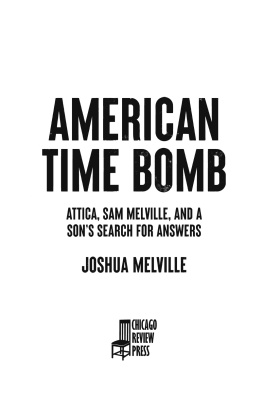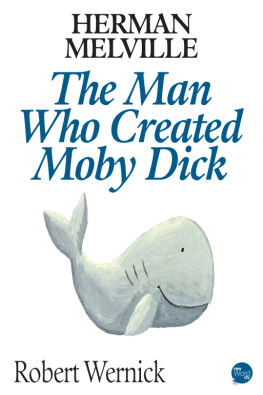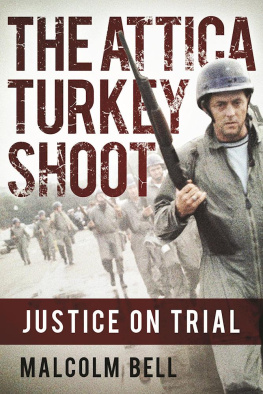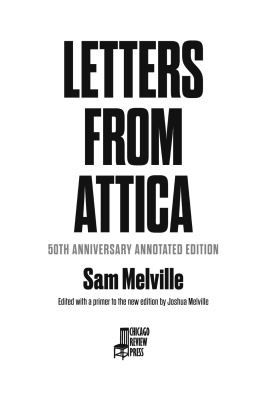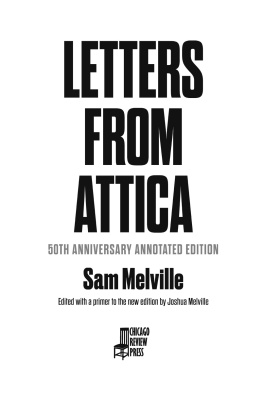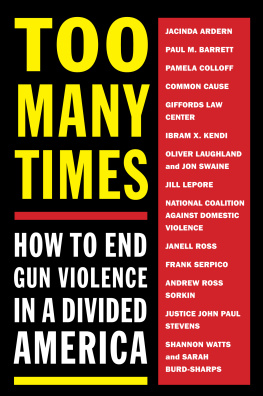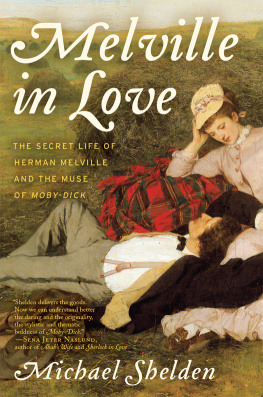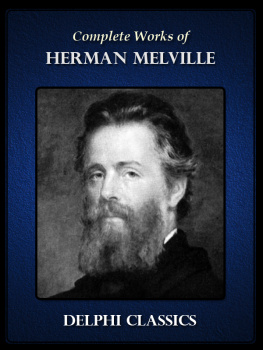Authors Note
Composites and Alterations of Fact
MY HIGH SCHOOL DRAMA TEACHER , Anthony Abeson, gave my class his definition of art:
Art is a lie that tells the truth.
Everything you see in a movie, on a TV show, or on stage is fake. Oak doors that appear to be heavy are usually made of cardboard. The illusion of weightthe slam, the lock turning, the hinges squeakingare all created by sound effects and the actions of characters crafted by gifted actors, writers, directors, and editors. Reality in virtually any medium is a lie. Yet, the good ones resonate. This is the lie that tells the truth.
I never fully appreciated what this meant before I started writing American Time Bomb. To tell my fathers story, I spent many years collecting facts. My father impressed upon people a sense of personal ownership of himself. As a result, most of his friends, coconspirators, and fellow inmates of Attica, whom Id encountered, insisted they knew the real Sam Melville. Upon further research, it turned out that each one had constructed a half history, often clinging to idolized or demonized versions of the man. The net result was that I had many facts but many more half-truths.
With my acquisition of thousands of FBI documents and court transcripts and my personal archive of interviews with movement organizers, I have attempted to synthesize everyones truth into one cohesive re-creation of an extremely dualistic man, the historic events in which he played a key role, and the truth about his alleged murder.
Most dialogue in this work was invented but inspired by my notes and taped conversations, established facts, and previous oral histories. On occasion, to fill in gaps and make the story more accessible, I added a few speculative scenes I believe occurred based on known facts. Some will argue that this version of events is my half-truth. And this would be fair. To maintain transparency and to help readers who wish to go deeper and develop their own truths, the endnotes document the sources for the dialogue and facts.
For the few sources still alive, I fact-checked with each one who agreed to be a part of my process. To help readers, in the backmatter I have included a list of named figures and the many acronyms of political groups. Supporting court transcripts and referenced FBI reports are published with redactions on the Archives tab at www.AmericanTimeBomb.com.
Some characters are composites of more than one individual and are identified by fictional names set in SMALL CAPS on first mention. A more detailed breakdown will follow here.
I will start with the character of Diane Eisner; she is an amalgam of two real women with whom my father was involved after he and my mother split up. This character corresponds somewhat to the fictionalized character also called Diane in Jane Alperts memoir Growing Up Underground.
Gilbert Bernstein, and Lester Barns, are altered names for two East Village activists who became my fathers collaborators. They were never charged with the crimes depicted herein, so I have substantially altered their personas as well as their names.
Ivan Lopez, another of my fathers collaborators, is a composite inspired by the two anonymized characters Bobo and Roberto in Growing Up Underground, and a Puerto Rican radical, Carlos Feliciano, whom my father knew in prison and whom the FBI connected to bombings credited to Movimiento Independentista Revolucionario en Armas (Armed Revolutionary Independence Movement), or MIRA.
Regarding H. Rap Brown, although I discussed his actions as depicted herein with people who are close to Mr. Brown, I could not interview him directly, because he is serving life in a supermax facility. Therefore, I am obliged to disclose that actions allegedly taken by Brown, including implications of connections to bombings in Wisconsin and Chicago, are based on allegations from memoirs and oral histories of others and events alleged in FBI reports.
On the law enforcement side, the actions of Special Agent Joe Anderson composites actions performed by several real-life FBI agents who worked my fathers case, including John Robinson and the well-known agents known as the three JoesJoe Sullivan, Joe Corless, and Joseph MacFarlaneas well as agents Terry Roberts and George Twaddle.
Wesley Swearingen is the real-life FBI bomb expert who initially profiled my father. However, I time-shifted our conversations and composited some of them with material from an agent I identify as Henry Byers, my fathers interrogator, whom I spoke with in 2015, and another FBI source who requested to remain anonymous.
Finally, Ed Cunningham in part IV is a real Attica guard, but his role composites several guards who were taken as hostages during the four-day event that has been called the bloodiest confrontation between Americans since the Civil War.
Regarding Attica inmate leaders themselves, most every past book or movie about Attica avoided specifying which inmates led the uprising and what they did. And so fifty years worth of dramatic recreations, oral histories, and documentaries have scant mention of incriminating felonies performed by the inmate leaders, like making about three hundred Molotov cocktails and a rocket launcher (attributed to my father), electrifying the blockades, digging the L-shaped trench visible in many Attica photos, inmates murdering several other inmates, and finally forcing hostages onto the open roof at knifepoint, a threat that ended the negotiations and triggered the assault. In my view, it is debatable, after this much time, as to whether these obfuscations were worth compromising accuracy or the lives lost, by both prisoners and guards, in protest of mass incarceration.
History should pardon past authors and filmmakers. They have kept Attica relevant and rendered the pursuit of objective facts an ongoing one. In their defense, most every inmate leader had died by the time most of their projects began. By contrast, I spoke with Attica leaders themselves during my weeklong visit in 1991specifically, Herb Blyden, Frank Smith, Akil Al-Jundi, Jomo Omowale, and Jerry Rosenberg. They and other participants felt they owed the son of the man who helped define their place in history a more complete vision of Attica than the sanitized one they swore to under oath. To honor their sacrifice, I felt it important to be honest about their contributions as well as my fathers, whether they were noble, justified, or sometimes quite shortsighted.
It has been decades since my father attacked his government. Why should anyone care today? In 1968, the election of President Nixon sparked a violent polarization of right and left. Within two years, the countercultures steeping anger inspired my father and other educated pacifists to destroy buildings and ravage prisons for the next decade. The obvious parallels to the recent rise of right-wing populism and the reactions by so-called antifa factions awakened me to the notion that my fathers story, as well as my investigation of his life and death, might offer todays activists a long-view perspective on our cultures near-term future.
So I would like to thank every reader for taking an interest in my journey. I hope it brings resolution, if even in some small way, to those whose parents, siblings, and friends chose revolution over Little League. To that end, please keep in mind that

